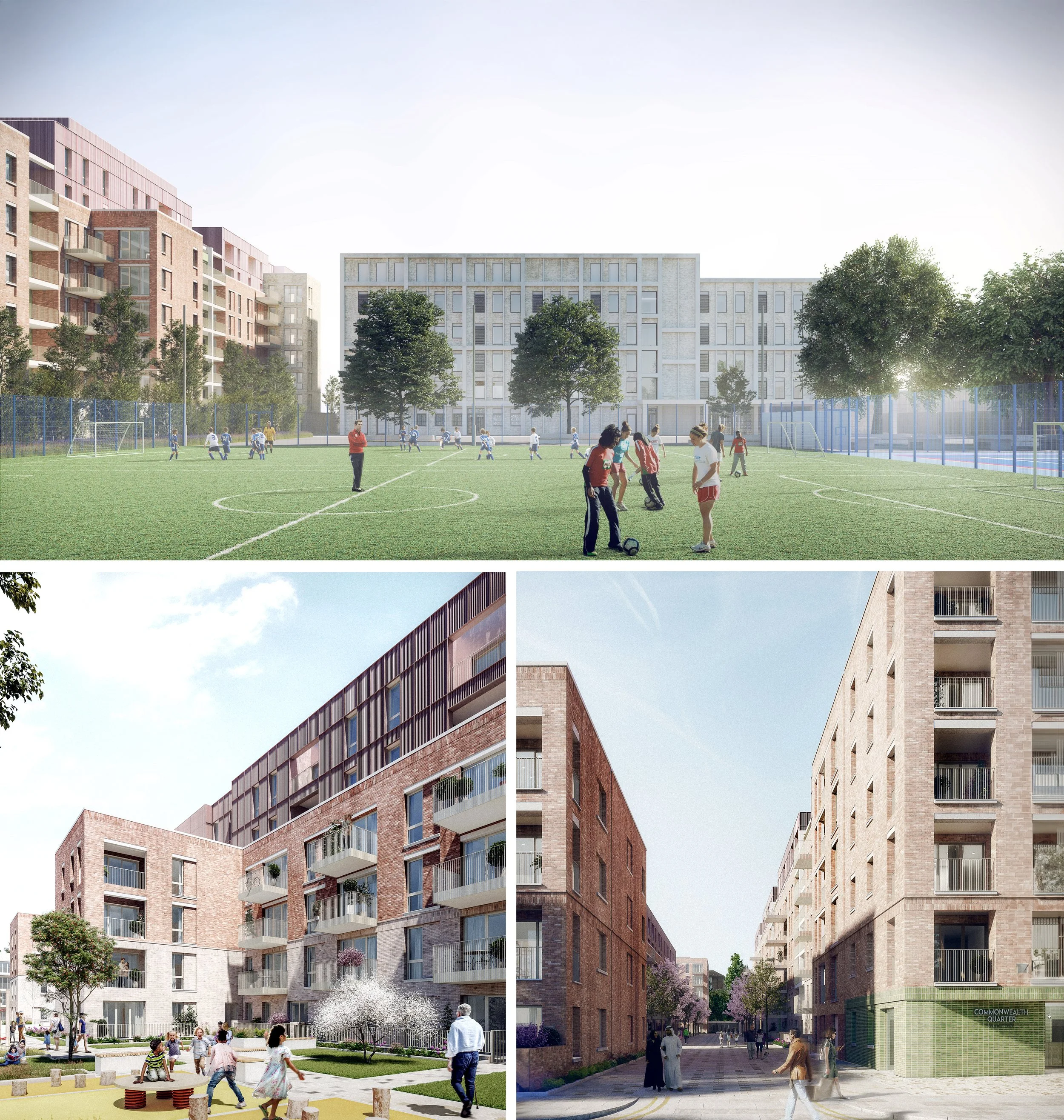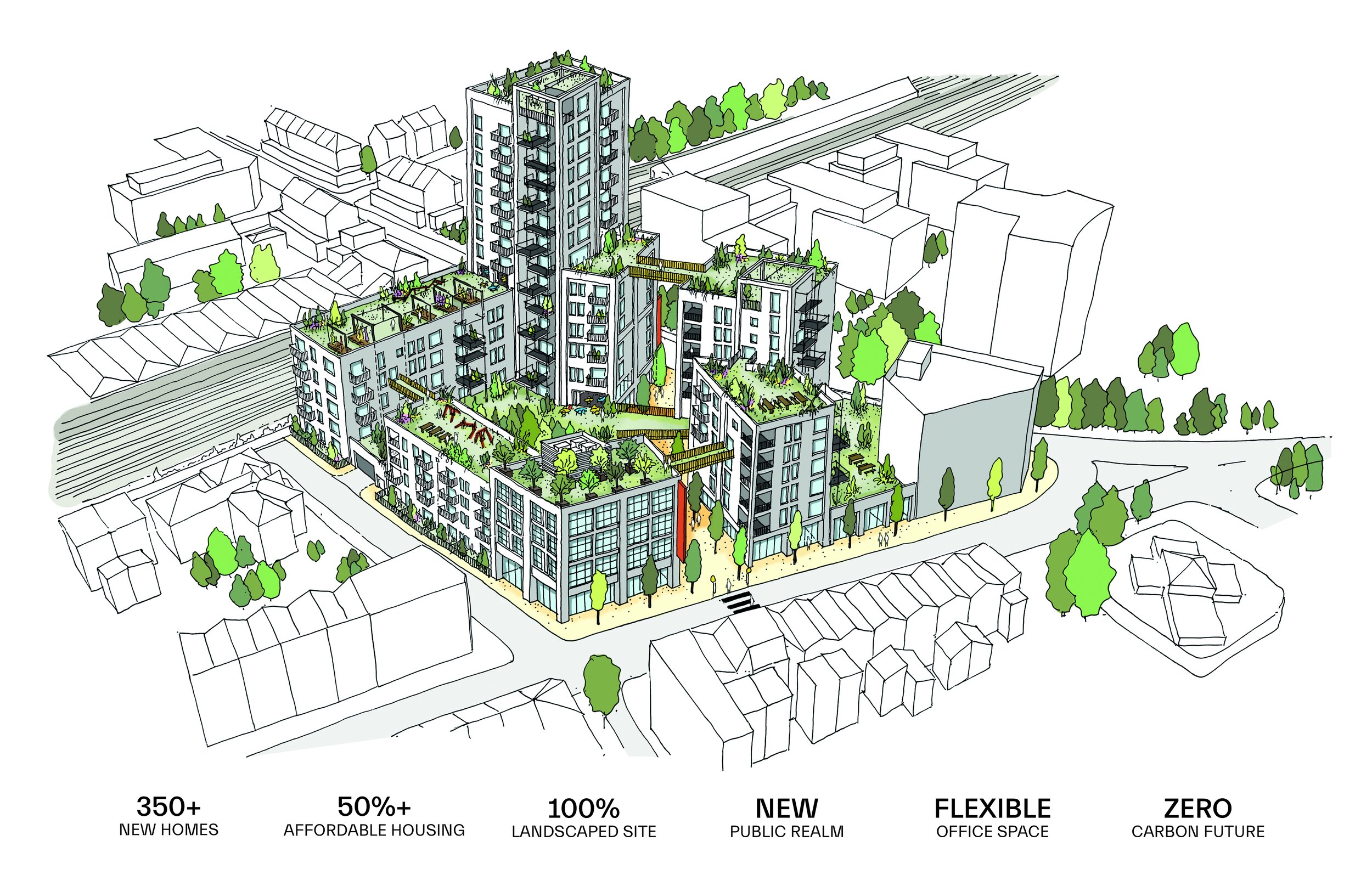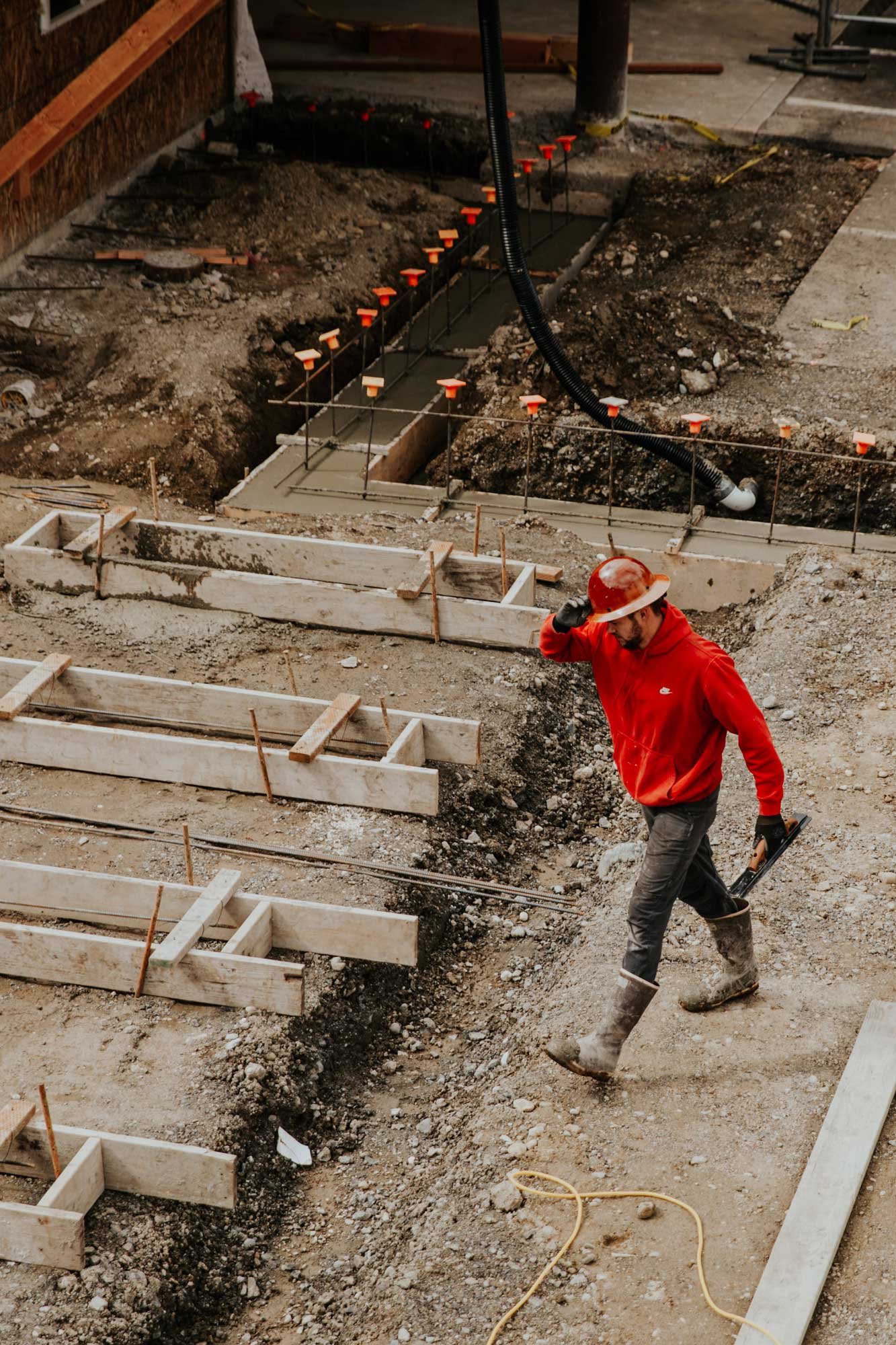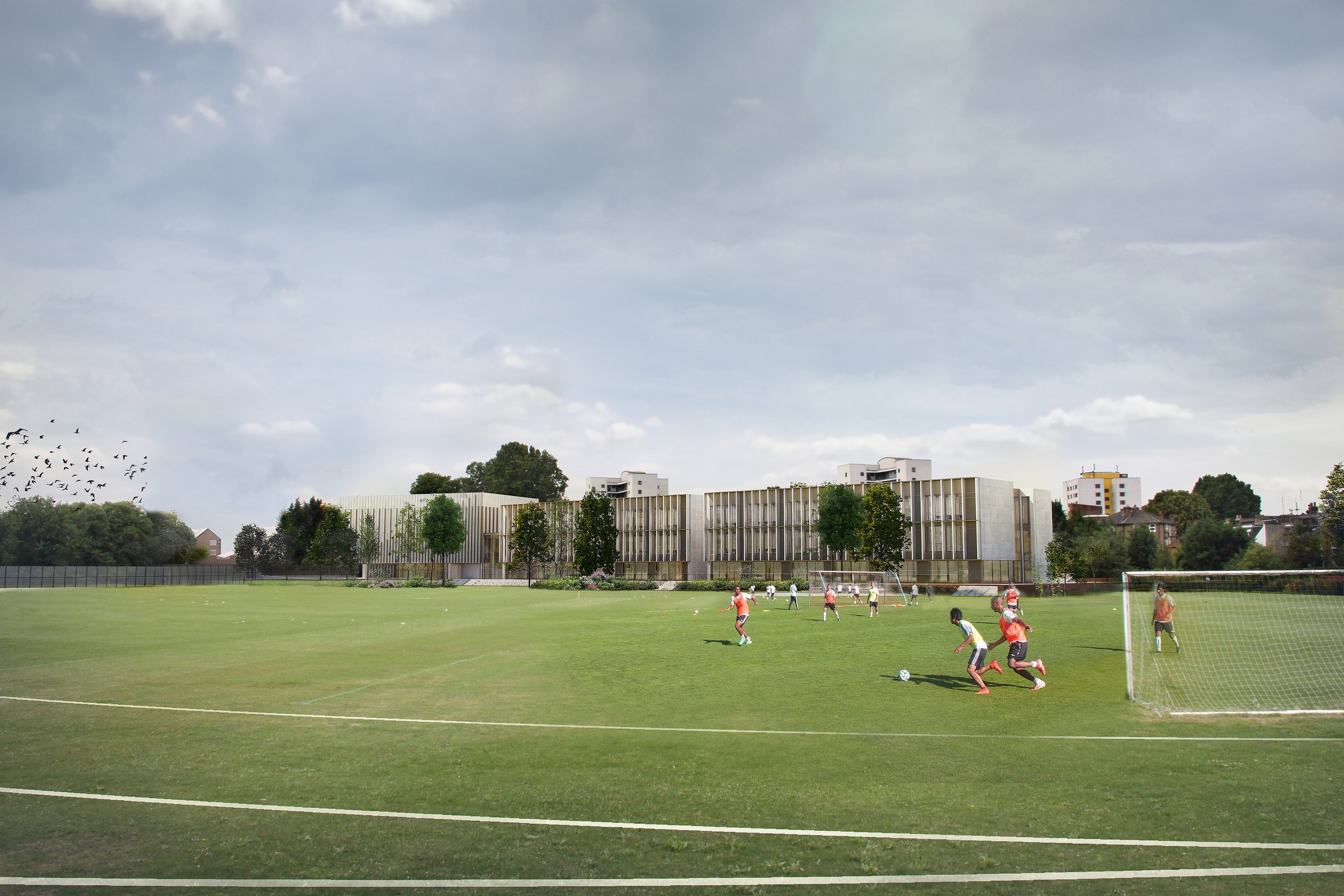Does central and local government have an obligation to develop public sector land in our cities to address the housing crisis?
Savills has estimated that there are 20,000 publicly-owned sites across Greater London with development potential—approximately 18,000 acres of underutilised land¹ that could deliver much-needed affordable homes while addressing the troubling decline in school enrolment.
PRICED OUT OF LONDON. CLASSROOMS EMPTY.
As housing costs have soared beyond reach, young families have increasingly been forced out of inner London to the fringes of the city, driving a 20% birth rate decline between 2012-2022. This has emptied classrooms across the capital, with London Councils projecting a 3.6% decrease in reception pupil numbers over the next four years, putting pressure on budgets and potentially resulting in closures.²
At Architecture Initiative, we're seeing a surge in enquiries from schools, colleges and trusts grappling with this demographic shift, seeking innovative solutions to utilise their underoccupied estates. But what appears as a crisis could actually be a once-in-a-generation opportunity to reimagine how these vital public assets can better serve our communities.
PUBLIC LAND: THE OVERLOOKED OPPORTUNITY.
The strategic redevelopment of publicly-owned educational estates offers a compelling solution to break this cycle, creating appropriate learning environments alongside affordable housing for families. Research suggests London's municipal land could deliver 630,000 new homes—a huge dent in the Government's national housing targets.³
Many education sites have surplus or underutilised brownfield land that present particularly valuable opportunities with their excellent transport connections, established community links, and substantial land footprints perfect for comprehensive, regenerative masterplanning.
1,200 place secondary and sixth form school
120 new homes
Integrated SEN school
Our design for this recently completed regeneration project transforms the landlocked former Acton and West London College site into a vibrant mixed-use development. By creating a new public street linking residential areas to Acton town centre and Woodlands Park, we've opened up a previously isolated site to become a community asset, demonstrating how vertically stacking uses can optimise a site’s potential.
TRANSFORMING EDUCATION THROUGH ENABLING DEVELOPMENT
This approach also addresses the critical need to modernise our educational provision. By carefully balancing enabling residential developments with educational needs, we can fund the rebuilding of crumbling schools, deliver on the government's commitments to decarbonise the public sector estate, and create new purpose-built SEND provision to meet the growing need, without placing additional burden on the public purse.
90-place SEMH school
124 new homes
Our design for Wings Academy integrates a purpose-built special educational needs school accommodating 90 pupils with Social, Emotional & Mental Health needs alongside 124 high-quality apartments. The masterplan wraps residential blocks around the perimeter, creating a protected central space for the school, enhancing the surrounding public realm with urban greening and new trees.
THE SUSTAINABLE CHOICE
Increasing density on brownfield educational sites is fundamentally more sustainable than urban sprawl into the greenbelt. These sites are already connected to transport, utilities and community facilities – removing the need and carbon footprint of costly new infrastructure projects. Higher-density development in connected urban locations reduces car dependency, supports public transport, and enables joined-up energy sharing and district heating solutions.
BUILDING COMMUNITIES
Redeveloping educational estates creates opportunities for genuine mixed-use communities that integrate residential, commercial and educational spaces, where people live, learn, and connect. By including key worker housing for teachers, healthcare workers and other public service professionals, these developments allow essential workers to live near their workplace.
Schools become true community hubs rather than isolated institutions, fostering intergenerational interaction and creating vibrant "15-minute neighbourhoods" where daily needs are within walking distance—reducing commuting time and strengthening community bonds.
WHITE CITY MASTERPLAN: COMMUNITY-CENTERED REGENERATION
1,050 place secondary school
370 new homes
Upgraded Leisure Centre facilities
New community and SEN school facilities
Community farm and allotments
New Public Square
Working with Future Academies Trust we developed a high-density sustainable community with a new academy at its heart, alongside a major residential development, leisure centre, community allotments, and improved connectivity to White City Underground station
This self-funding project demonstrates how multiple stakeholders can collaborate to deliver transformative mixed-use development without central or local government contribution.
HIGHER DENSITY. BETTER LIVABILITY.
The world's most livable cities are also among its densest. London and Singapore consistently rank as top destinations because they offer connectivity, amenities, and opportunity at scale. Research shows dense urban development can reduce transport carbon emissions by nearly seven times compared to sprawling suburbs.
By intensifying development on educational estates—which are often single-storey or inefficiently designed—we can maximize land use where it's most needed, creating vibrant, efficient environments with multi-family residential units that enhance rather than overwhelm existing communities.
THE LIVINGSTONE, ALDGATE EAST - EMBRACING A DIGITAL, CONNECTED FUTURE
1570 place all though school (ages 4-19)
71 new homes
New digital and creative industry hub
Commercial incubator spaces
The former London Metropolitan University site had existing education use designation and was allocated for a new free school. Alongside the proposal for an 1570-place school, we saw an opportunity to maximise the value of the site by integrating education with London’s digital industry, providing subsidised start up units for young entrepreneurs alongside an adjacent major residential hub which both bring much needed new homes and actively encourages growth and attracts significant investment to the area.
CAPITALISING PUBLIC ASSETS: THE TIME IS NOW
The underdevelopment of the public estate in the UK represents a significant missed opportunity. While private land is increasingly developed at appropriate densities, public land—paid for by taxpayers—remains woefully underutilised.
By integrating housing into educational estates, we create a powerful multiplier effect: sustainable schools with modern learning environments; affordable homes that keep families in London; and vibrant communities where people live, learn and connect. The question is no longer whether government should develop public sector land, but how quickly we can mobilise to address both our housing and educational challenges simultaneously.
Our projects on public-sector land demonstrate that with vision and expertise, we can transform these overlooked assets into thriving community hubs that serve generations to come.
¹ Savills Research, 2023
² BBC News, "Decline in London school pupil numbers to continue," February 2025
³ WSP, "Building our way out of a crisis," 2024
Some of our mixed-use & residential projects on education public estate
-

FULHAM ROAD MASTERPLAN
-
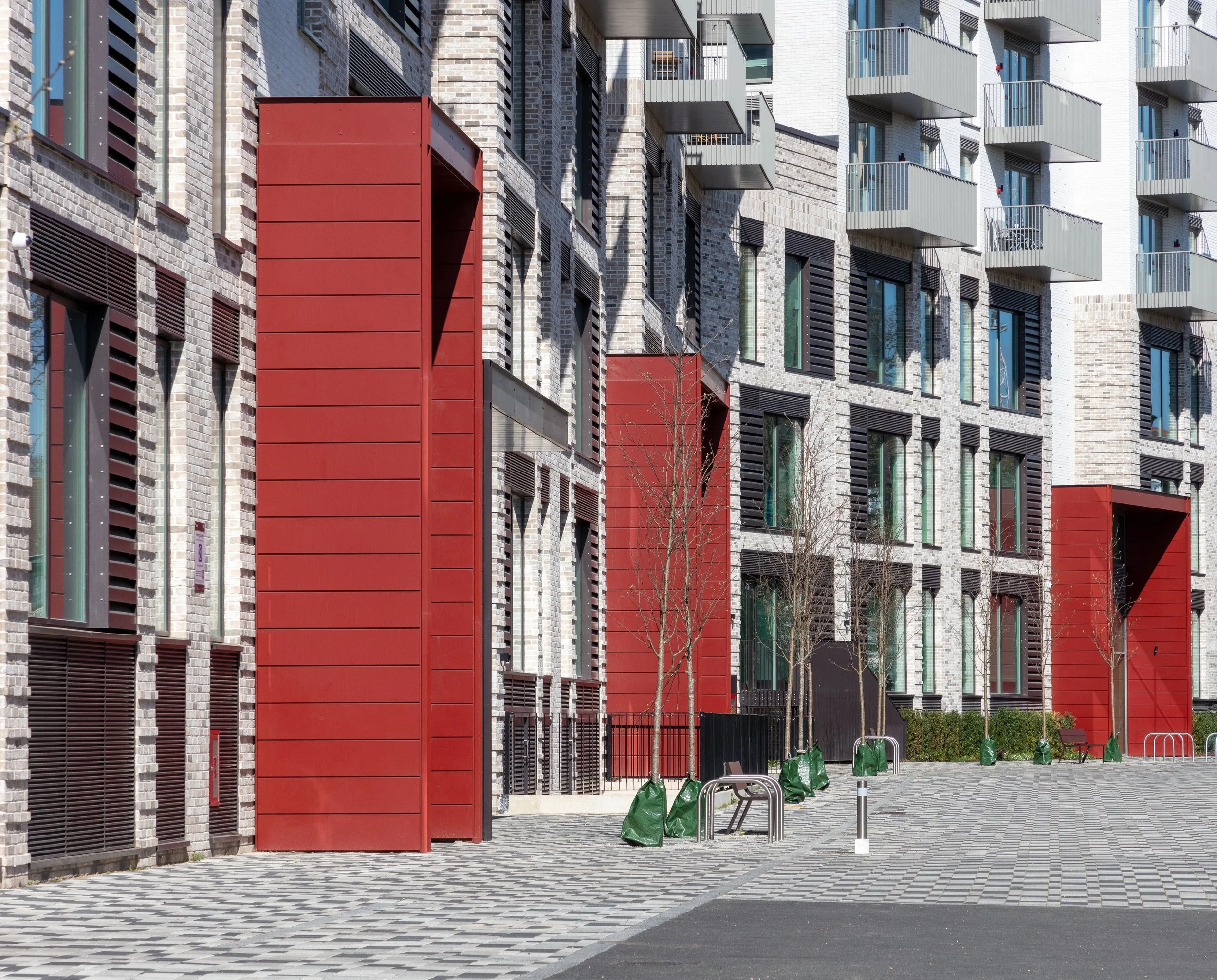
WOODLANDS QUARTER MASTERPLAN
-
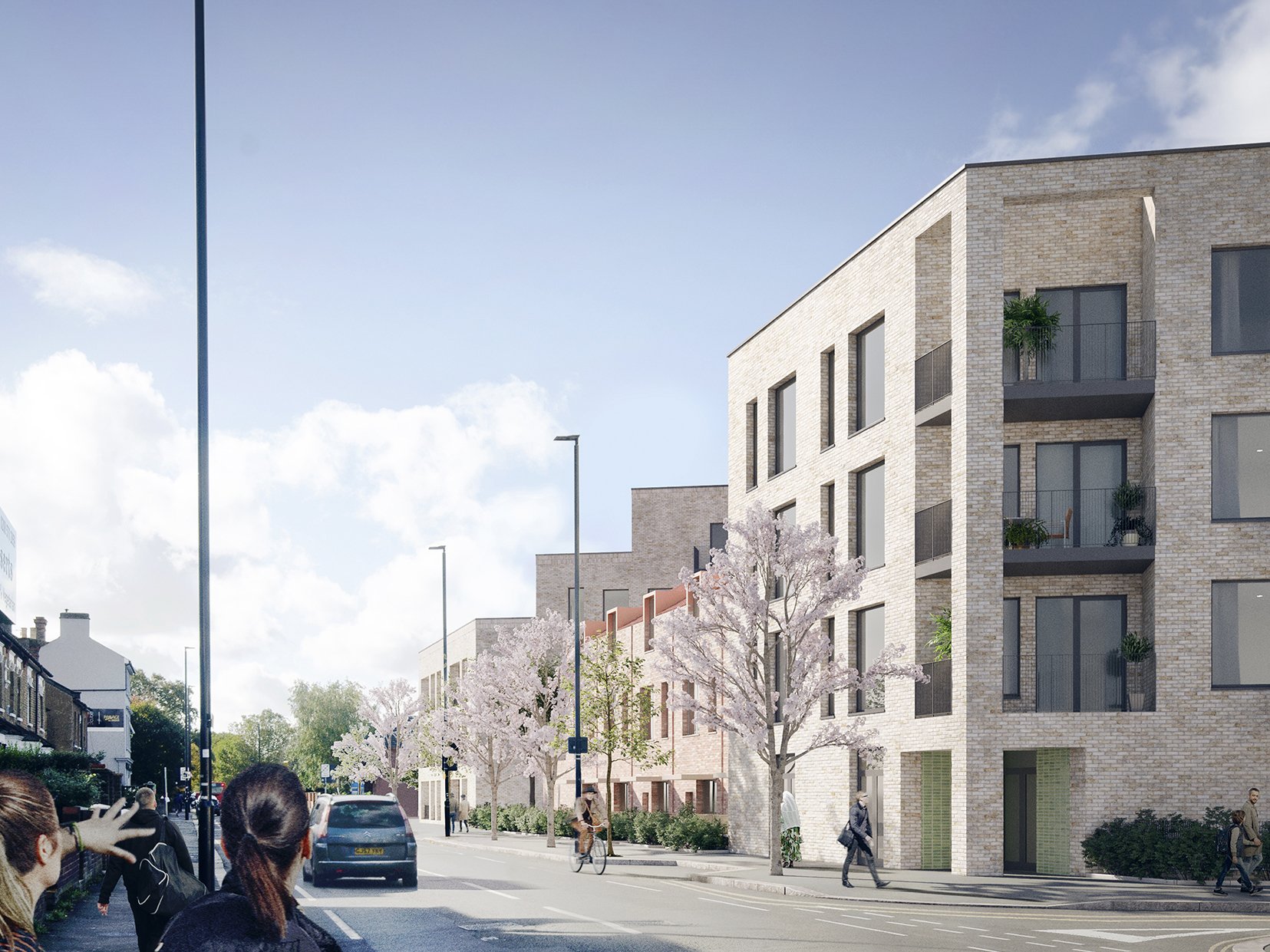
HANWORTH ROAD MASTERPLAN
“Architecture Initiative is leading a call to action to encourage an intelligent review of the public estate assets and a wholesale change to accepted development models. The strategic development of educational public estate represents one of the most significant opportunities to address our housing needs while simultaneously improving our educational infrastructure. When approached with vision and expertise, these projects can be truly transformative for the local communities.”



